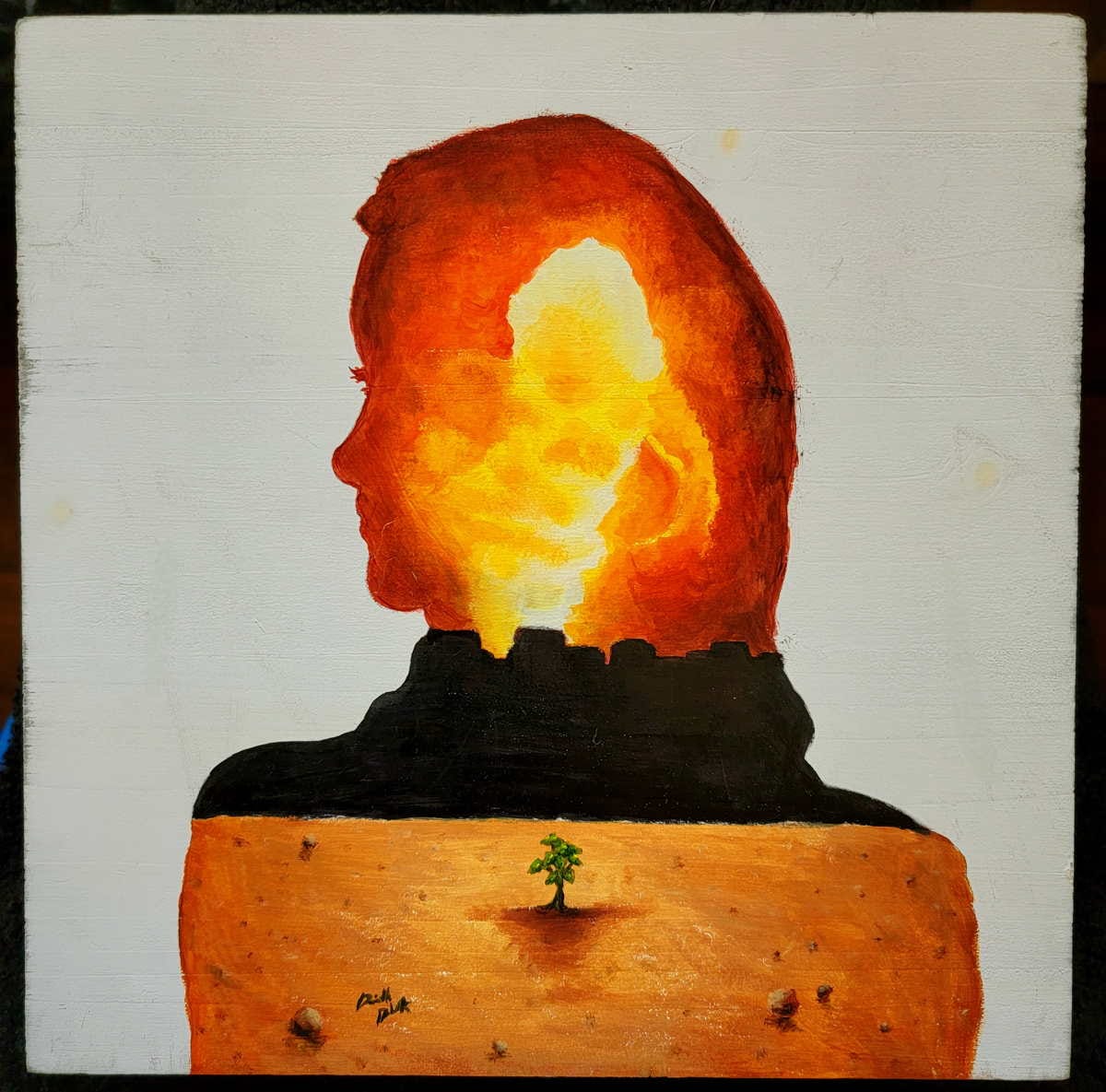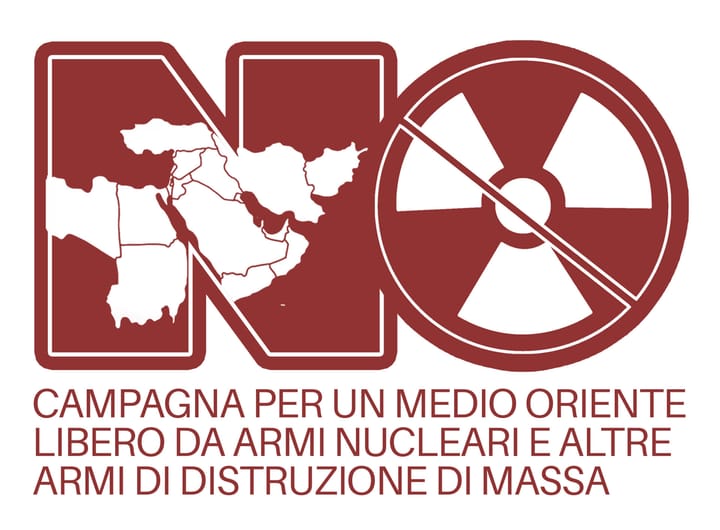Global Violence and Childhood Trauma: Implications for Research and Action

by Danielle E. Dalechek
Systemic violence is on the rise globally, forcing generations of children into dysfunctional patterns of development. What happens to a child that grows up in an environment of violence, chaos, and a lack of safety?
Adverse childhood experiences (ACEs) are defined as traumatic events that occur in childhood (prior to age 18), such as experiencing violence, abuse, neglect, witnessing violence, having a family member attempt suicide or die, and aspects of the home or community environment that can undermine their sense of safety and stability (CDC, 2022). It is understood that ACEs inhibit optimal health and development by altering gene expression, brain function, immune system function, and even organ function. Early-life adversity lays a critical foundation for health outcomes later in life, and by adulthood, ACEs can result in significant economic costs (Monnat & Chandler, 2015), as well as increased social isolation, reduced self-esteem and adaptability, and increased rates of dissociation, anger, and hostility (NCSL, 2021; Tzouvara et al., 2023).
Currently, there remains a lack of fully understanding the complex pathways linking ACEs to poor adult health outcomes, and exactly how those pathways may vary across different adverse health outcomes, such as highly prevalent adult chronic pain (Monnat & Chandler, 2015), and these are of particular interest in a world with an increasing and steady prevalence of war and violence that children are exposed to anywhere from Gaza to Congo. The long‐term impacts of the hyperarousal commonly experienced in such highly stressful, traumatic, or violent situations when considering chronic pain outcomes in adulthood remain misunderstood. But during wartime, children don’t only lack educational and social access and consistency, they experience forceful moves into refugee or displaced person camps which may last many years and involve familial separation, disability due to loss of a limb or cognitive capacity, and more uncertainty such as famine or food scarcity (Santa Barbara, 2006); all of which are traumatic. In Gaza alone, Save the Children estimated over a year ago that on average, ten children per day had lost one or both of their limbs (Save the Children, 2024). In the year since that estimate, it is difficult to articulate the level of trauma this causes to each child, particularly as conditions worsened and medical supplies became increasingly scarce. A Congo jailbreak made headlines around the world recently for the mass rape. However, according to UNICEF, of the 572 rape cases treated across 42 health facilities between 27 January and 2 February 2025, 30% of which were children (Aljazeera 2025), which has not been focused on in the press.
Despite efforts by humanitarian and criminal laws and various international declarations, conventions, treaties and courts, and international human rights, the mortality and injury rate of children due to armed conflicts and war have worsened over the last couple decades (Adamkiewicz & Goldhagen, 2021). In just the past 16 years, the United Nations has verified more than 260,000 cases of grave violations against children in more than 30 conflict/war situations across the globe as of 2021 (UNICEF, 2021), and this number is only expected to rise as war-related violence continues. There have been small victories, such as the UN reporting military justice authorities in the DRC convicted a provincial parliamentarian and 11 members of the ‘Army of Jesus’ militia for raping dozens of children between 2013–2016, one as young as 18 months (UN DOS, 2025). However, in the midst of so many global atrocities, it should not take a decade for crimes against humanity to be acknowledged and prosecuted. More is desperately needed and other peacekeeping agencies should increase their efforts for justice; the press should also fully report the range of detail clarifying whether adults or indeed children have been impacted, and how. As my own recent research has shown, at the very least, there is a clear unmet need to widen our understanding of what constitutes childhood trauma (Dalechek 2025); we cannot study or track or prevent what we aren’t actively measuring.
The future of our world seems clouded by the growing instability and uncertainty due to multiple climate crises which are intensifying, as well as war, genocide, famine, and growing hatred. It is difficult to suggest or accept that war itself may be an inevitable aspect of humankind. Nevertheless, health professionals, policy makers, and researchers need to continue their work comprehensively with its uncomfortable reality in mind. We must push to define war as a serious global public health problem, particularly for vulnerable developing children.
Danielle E. Dalechek is a Researcher and Health Outcomes Scientist studying the adult outcomes of childhood adversity and violence. Besides professional work as an Associate Scientific Director, she prioritizes making emotionally charged artwork for a variety of charity auctions, as well as writing poetry focusing on trauma, social justice, public health, mental health, peace and disarmament, anti-militarism and anti-capitalism, environmental issues, and more.
To cite this article:
Dalechek, D. (2025). Global Violence and Childhood Trauma: Implications for Research and Action. Zenodo. https://doi.org/10.5281/zenodo.15003887
References
Adamkiewicz T, Goldhagen J. Mitigating armed conflict casualties in children. Pediatrics 2021; 147:e2020027847. https://doi.org/10.1542/peds.2020-027847
AlJazeera: Scores of children raped by armed men in eastern DRC, UNICEF says (14 February 2025). https://www.aljazeera.com/news/2025/2/14/dozens-of-children-raped-by-armed-men-in-eastern-drc-unicef-says. Accessed 16 February 2025.
Centres for Disease Control and Prevention (CDC). Adverse Childhood Experiences (ACEs). (2022). https://www.cdc.gov/violenceprevention/aces/index.html. Retrieved 10 November 2024.
Dalechek DE, Caes L, McIntosh G, Whittaker AC. An Analysis on the Impact of Childhood Adversity, Anxiety, and C-Reactive Protein on Adult Chronic Pain in the Midlife in the United States (MIDUS) Study. Biopsychosoc Sci Med. 2025 Jan 1;87(1):59-73. doi: 10.1097/PSY.0000000000001350. https://pubmed.ncbi.nlm.nih.gov/39701571/
Monnat, SM, & Chandler, RF. Long Term Physical Health Consequences of Adverse Childhood Experiences. The Sociological quarterly, 2015; 56(4), 723–752. https://doi.org/10.1111/tsq.12107.
National Conference of State Legislators (NCSL). (2021). Adverse Childhood Experiences. https://www.ncsl.org/research/health/adverse-childhood-experiences-aces.aspx.
Santa Barbara J. Impact of war on children and imperative to end war. Croat Med J. 2006 Dec;47(6):891-4. https://pmc.ncbi.nlm.nih.gov/articles/PMC2080482/
Savethechildren.net: GAZA: More than 10 children a day lose a limb in three months of brutal conflict. https://www.savethechildren.net/news/gaza-more-10-children-day-lose-limb-three-months-brutal-conflict. Accessed 16 February 2025.
Tzouvara V, Kupdere P, Wilson K, Matthews L, Simpson A, Foye U. Adverse childhood experiences, mental health, and social functioning: A scoping review of the literature. Child Abuse Negl. 2023 May; 139:106092. https://doi.org/10.1016/j.chiabu.2023.106092.
UN Department of Operational Support (UN DOS): DR Congo: UN officials hail landmark convictions, life sentences in Kavumu child rape cases. https://operationalsupport.un.org/en/dr-congo-un-officials-hail-landmark-convictions-life-sentences-kavumu-child-rape-cases. Accessed 16 February 2025.
UNICEF. Grave violations of children’s rights in conflict on the rise around the world. UNICEF, December 31, 2021. https://www.unicef.org/press-releases/grave-violations-childrens-rights-conflict-rise-around-world-warns-unicef. Retrieved 10 November 2024.




Comments ()